Spirituality and Doula work with Sabia Wade: Podcast Episode #248
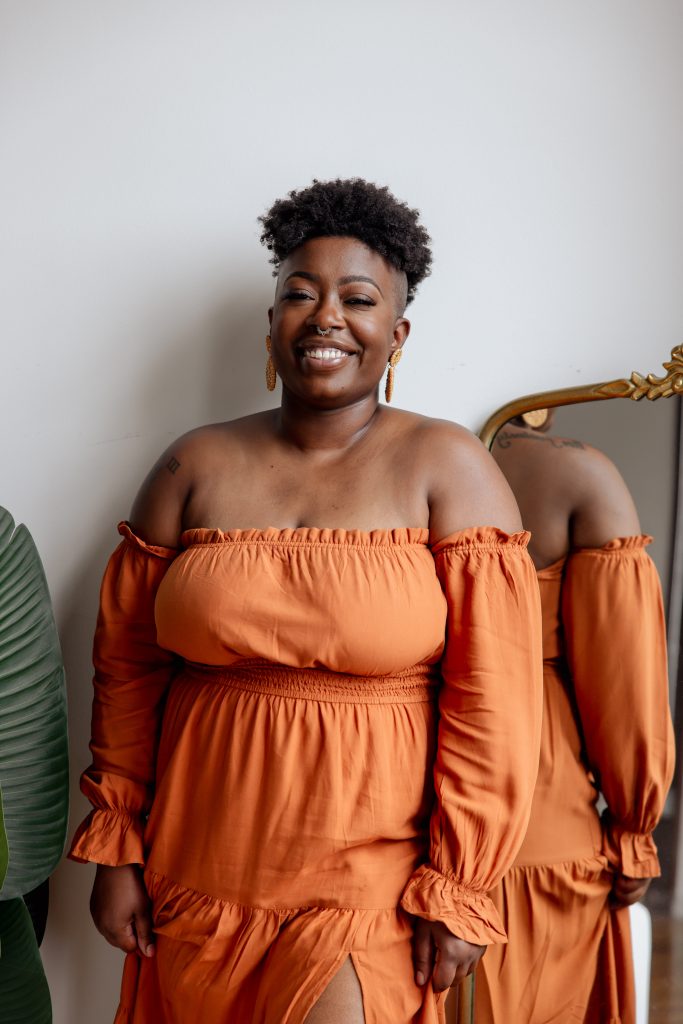
Kristin Revere and Sabia Wade discuss her book “Birthing Liberation” and discuss spirituality and doula work. Sabia is the CEO of Birthing Advocacy Trainings and a speaker, mentor, and author. Hello, hello! This is Kristin with Ask the Doulas, and I am excited to bring back my friend Sabia Wade to Ask the Doulas. […]
Preparing for the Postpartum Phase with Mariela De Santiago: Podcast Episode #247

Kristin Revere and Mariela De Santiago discuss how preparation during pregnancy can impact your postnatal recovery phase. Mariela hosts the New Mom Podcast and is the founder of the Carlsbad Mom Crew. Hello, hello! This is Kristin with Ask the Doulas, and I am thrilled to chat with Mariela De Santiago today. Mariela is the […]
Healing Childhood Trauma in Early Parenting: Podcast Episode #246
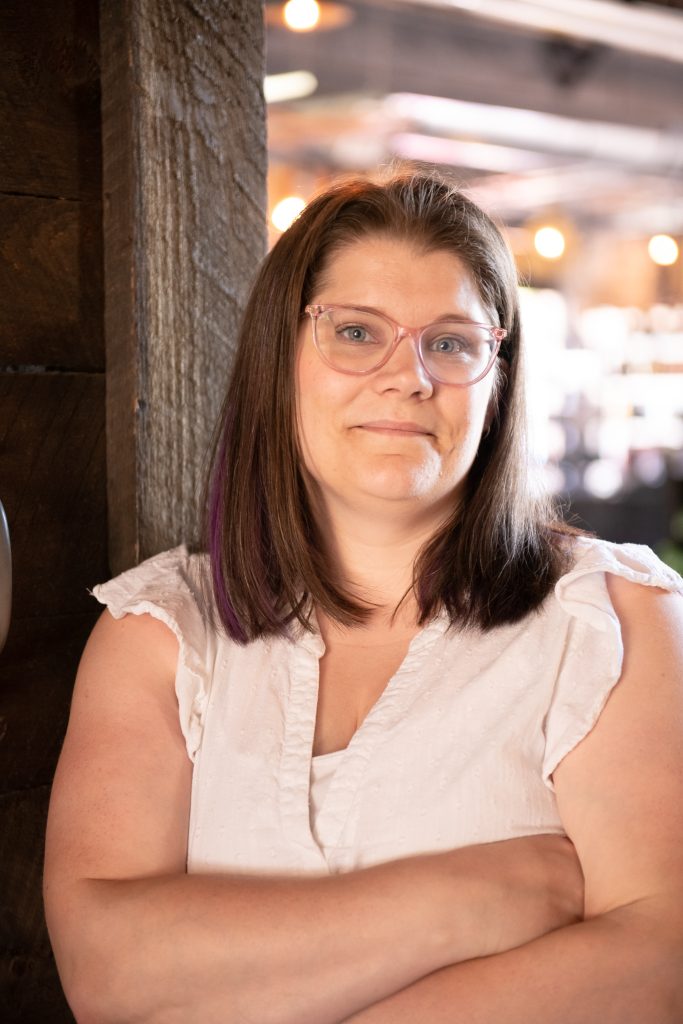
Emily Cleghorn shares her personal story of overcoming trauma and discusses the importance of support during motherhood on the latest episode of Ask the Doulas. She also discusses navigating triggers and tantrums as you heal your childhood trauma in the midst of early parenting. Emily is the founder of Mindful Soul Wellness. Hello! This is […]
Surrogacy Simplified: Podcast Episode #244
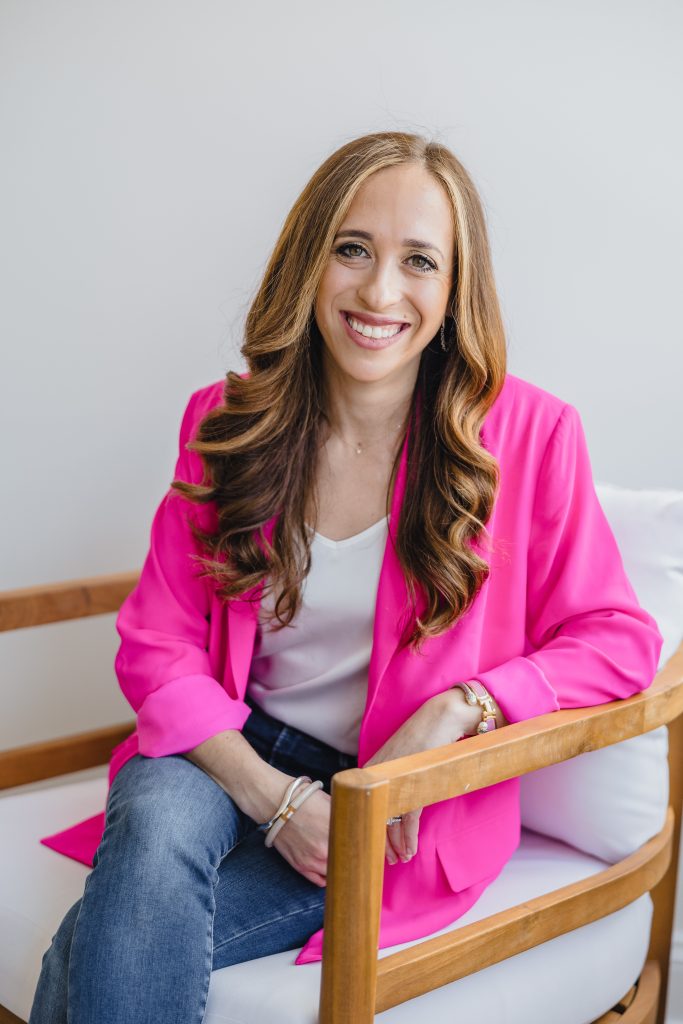
Kristin Revere and Jessie Jaskulsky discuss the types of surrogacy and options for families in this informative Ask the Doulas episode. Jessie also gives her top tips for families who are considering surrogacy. Jessi owns Surrogacy Simplified. Hello, hello! This is Kristin Revere with Ask the Doulas, and I am thrilled to chat with Jessie […]
Reimagining Care for New Moms with Alexandra Francis: Podcast Episode #243
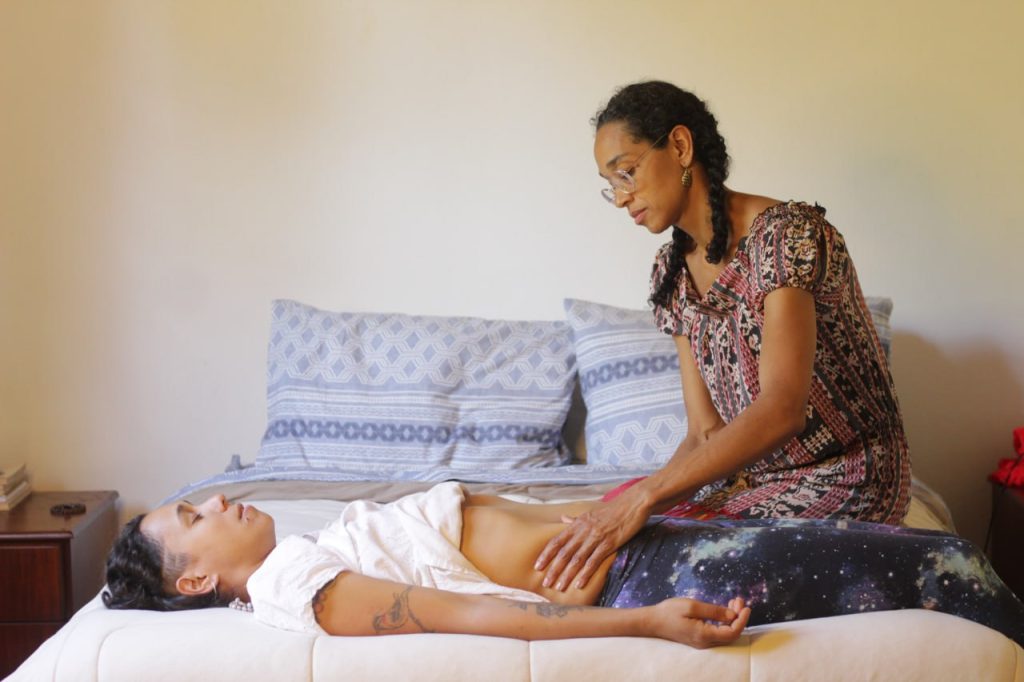
Kristin Revere and Alexandra Francis discuss postpartum recovery traditions worldwide and the need for holistic postpartum support models like Mama Haven. Alexandra also owns Our Hummingbird. Hello, hello! This is Kristin Revere with Ask the Doulas, and I am thrilled to bring you Alexandra Francis. Alexandra is the owner and founder of Our Hummingbird, and […]
Postnatal nutrition with Genevieve Mena of Mamieli: Podcast Episode #242
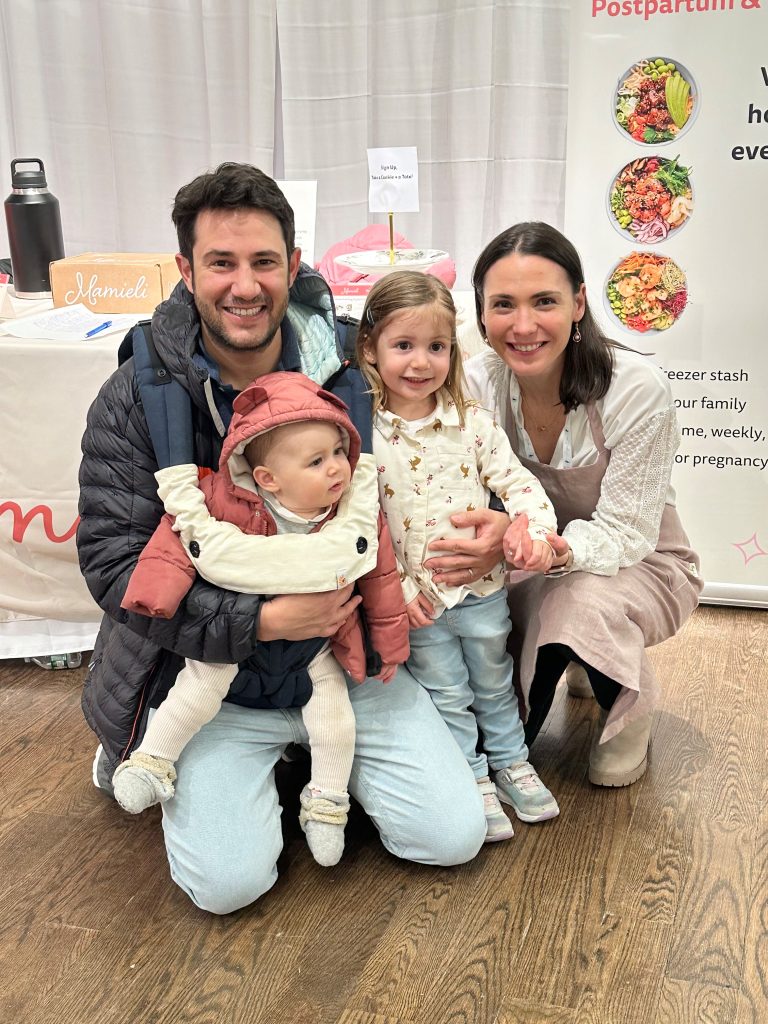
The importance of postnatal nutrition with Genevieve Mena, Co-Founder and CEO of Mamieli. Kristin Revere and Genevieve Mena discuss everything from traveling with kids to nourishing ourselves during the postpartum recovery phase on the latest episode of Ask the Doulas podcast. Be sure to tune in until the end for the special discount code for […]
Changes in Michigan’s Surrogacy Laws: Podcast Episode #241

Kristin Revere and Jessie Jaskulsky of Surrogacy Simplified discuss the changes in Michigan’s Surrogacy laws on the latest episode of Ask the Doulas. Jessie also provides helpful tips to our listeners considering surrogacy as an option to grow their families. Hello! This is Kristin Revere with Ask the Doulas, and I am excited to chat […]
Craniosacral Therapy for Infants with Meaghan Beames: Podcast Episode #240
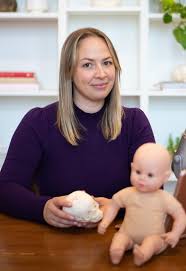
Kristin Revere talks with Meaghan Beames of MyBaby Craniosacral Podcast and Beames CST Training Centre. They discuss how craniosacral therapy can help babies cope with colic, latching issues, and growing pains that can make life with a newborn harder than it needs to be. Hello, hello! This is Kristin Revere with Ask […]
How to Build Your Birth and Postpartum Support Team
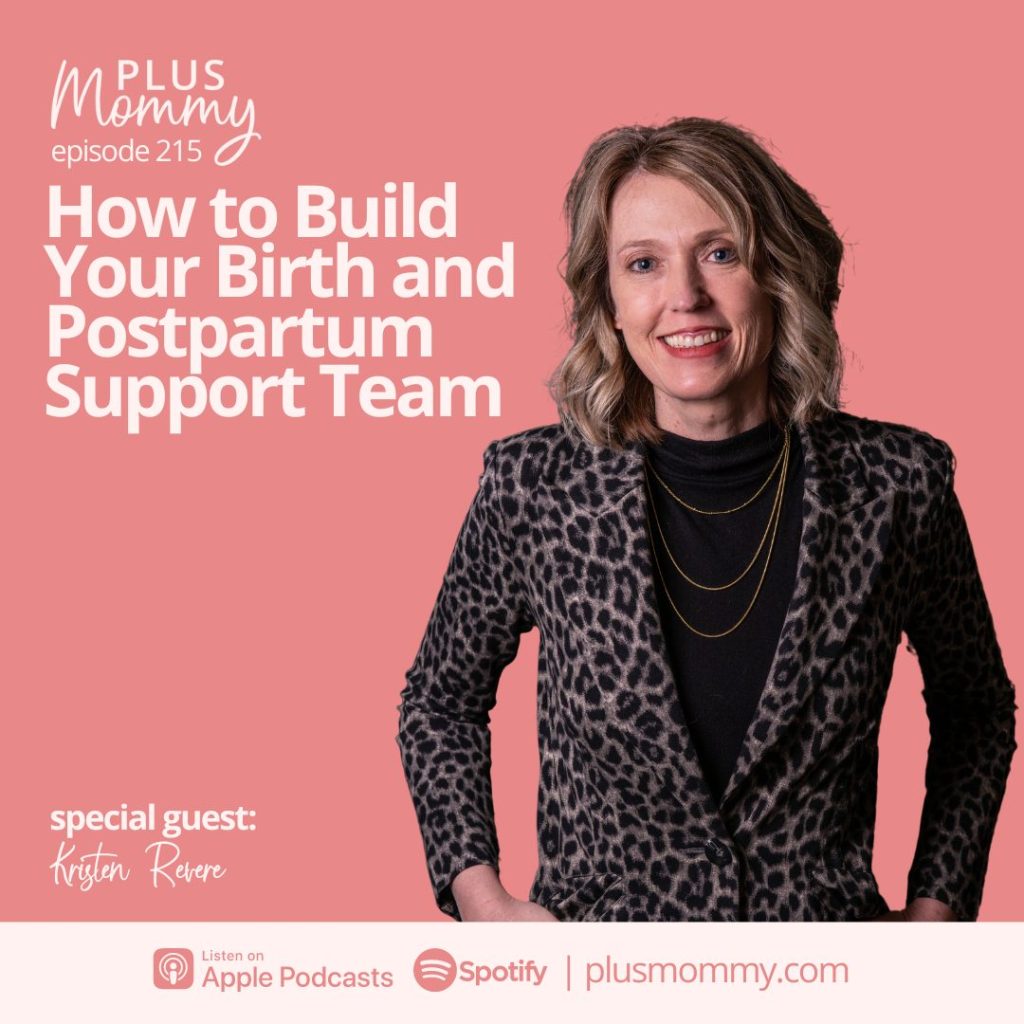
Kristin Revere was a guest on the Plus Mommy podcast to talk about setting yourself up for success by creating a strong support team for birth and postpartum. Listen to the podcast here. A strong support team can significantly impact your overall experience and well-being, from physical and emotional support to guidance through the complexities […]
Tips for Supporting New Parents with Lizzie Williams: Podcast Episode #239
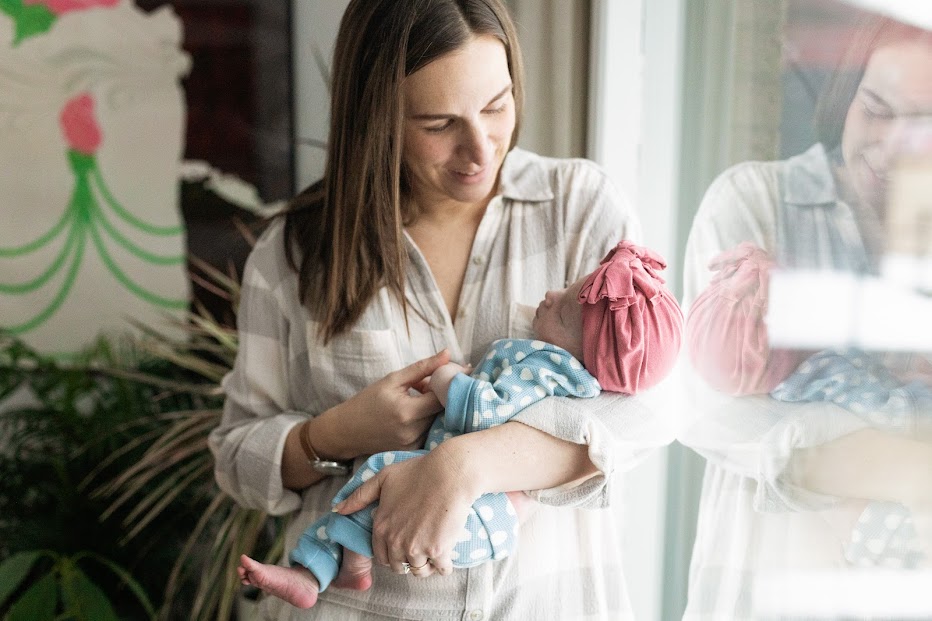
Tips for supporting your friends who just had a baby with former Gold Coast Doulas client, Lizzie Williams. Kristin and Lizzie chat about everything from creating an intentional baby registry to her top tips for supporting new parents in the latest episode of Ask the Doulas. Lizzie contributed to our new book, Supported: Your Guide to […]
How to Prepare for Birth and Postpartum with Kristin Revere
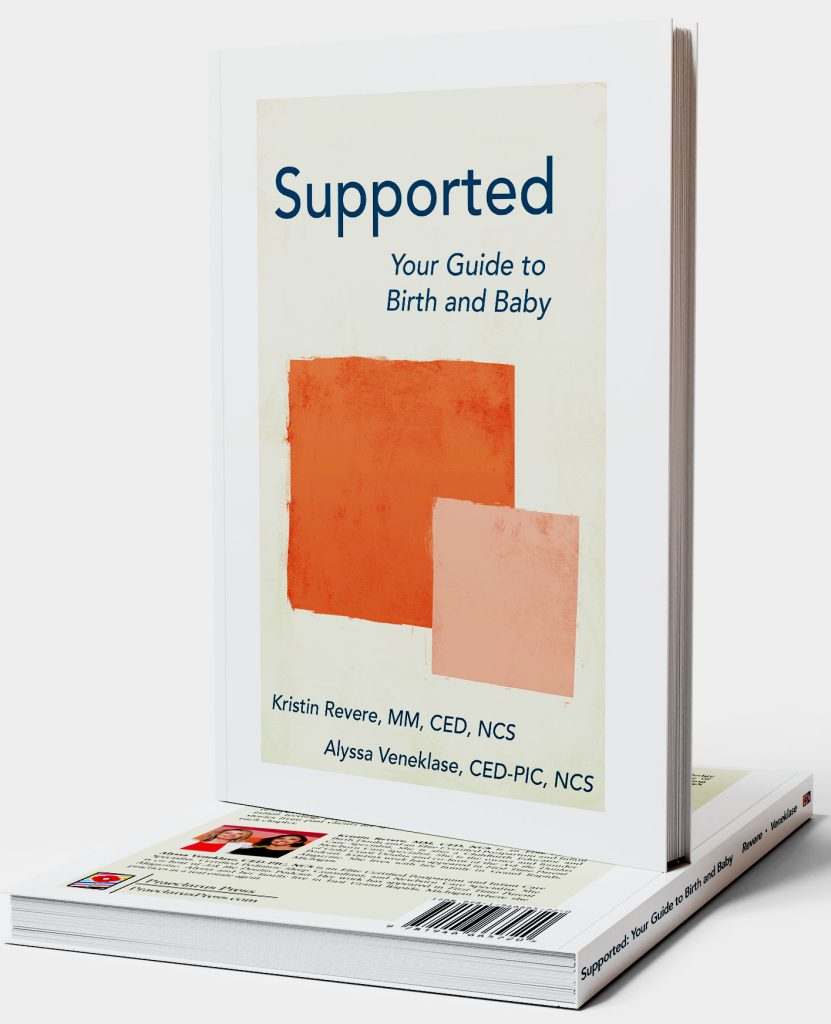
Kristin Revere spoke about the new book Supported as a guest on the kozekoze podcast with Garrett Kusmierz. Here’s their conversation. Listen to the podcast! Welcome back to the kozekoze podcast, and happy Mother’s Day! Wow, what a day. This is my fourth Mother’s Day, which sounds really crazy. I cannot believe I have a […]
The benefits of doula support with Anne Wallen: Podcast Episode #238
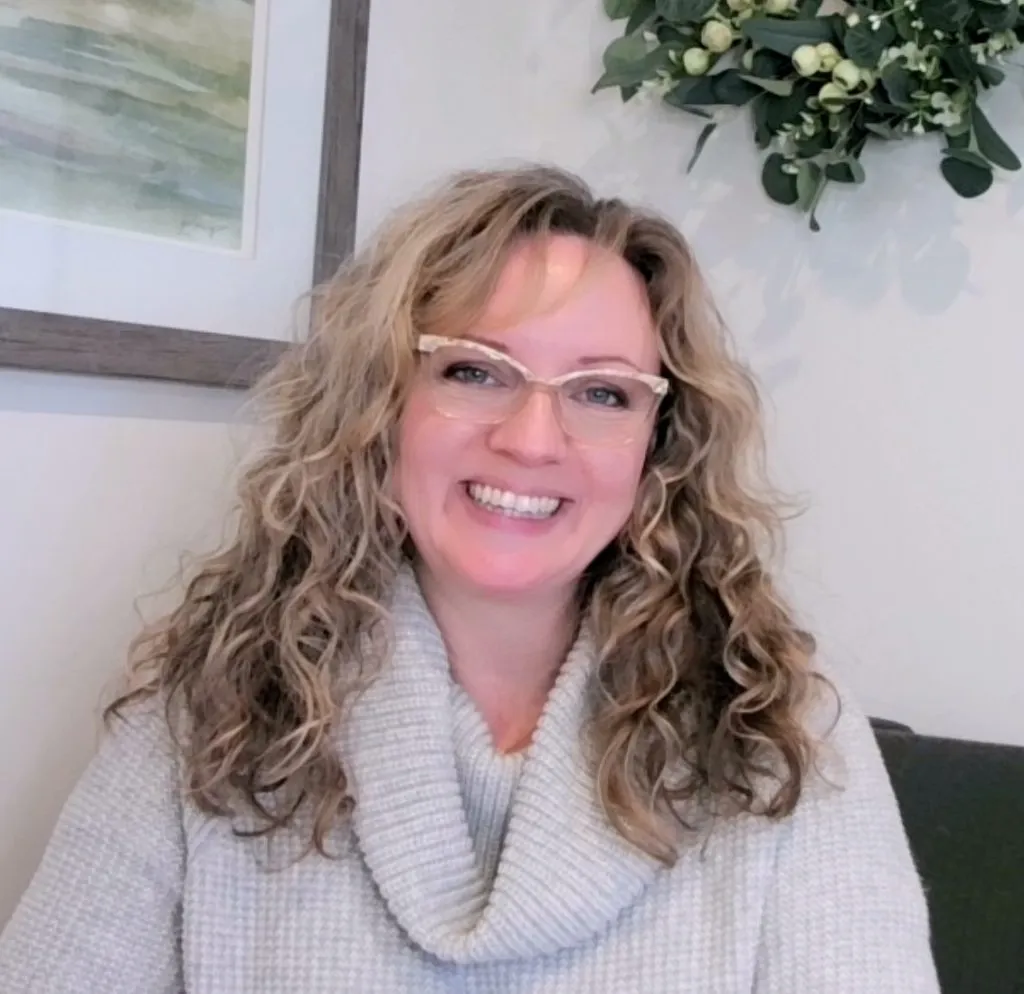
Kristin Revere and Anne Wallen discuss how doulas can impact the birth and postnatal experience. Anne also describes her doula training and education programs at MaternityWise International. Hello, hello! This is Kristin Revere with Ask the Doulas, and I am so excited to chat with Anne Wallen today. Anne is the director of MaternityWise […]
Simple Healthy Habits for Busy Moms: Podcast Episode #237
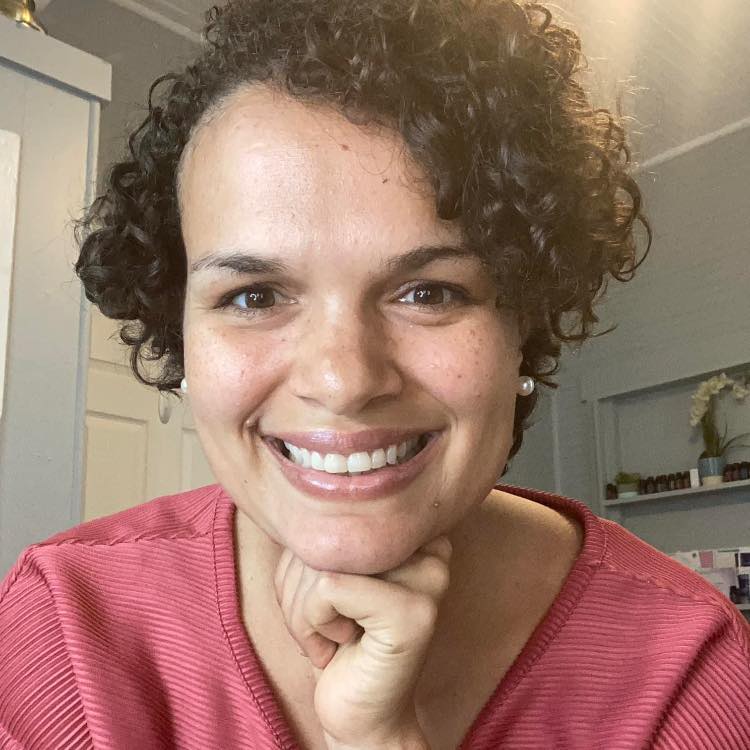
Kristin Revere and Brianna Wilkerson of Mommy Me Time Community discuss the focus on prioritizing health and self-care during each season of motherhood. Brianna has quick tips for both new and seasoned moms to get more intentional time and nourishment. Hello, hello! This is Kristin Revere with Ask the Doulas, and I am thrilled to […]
Prenatal and Postnatal Nutrition Tips with Stephanie Middleburg: Podcast Episode #236
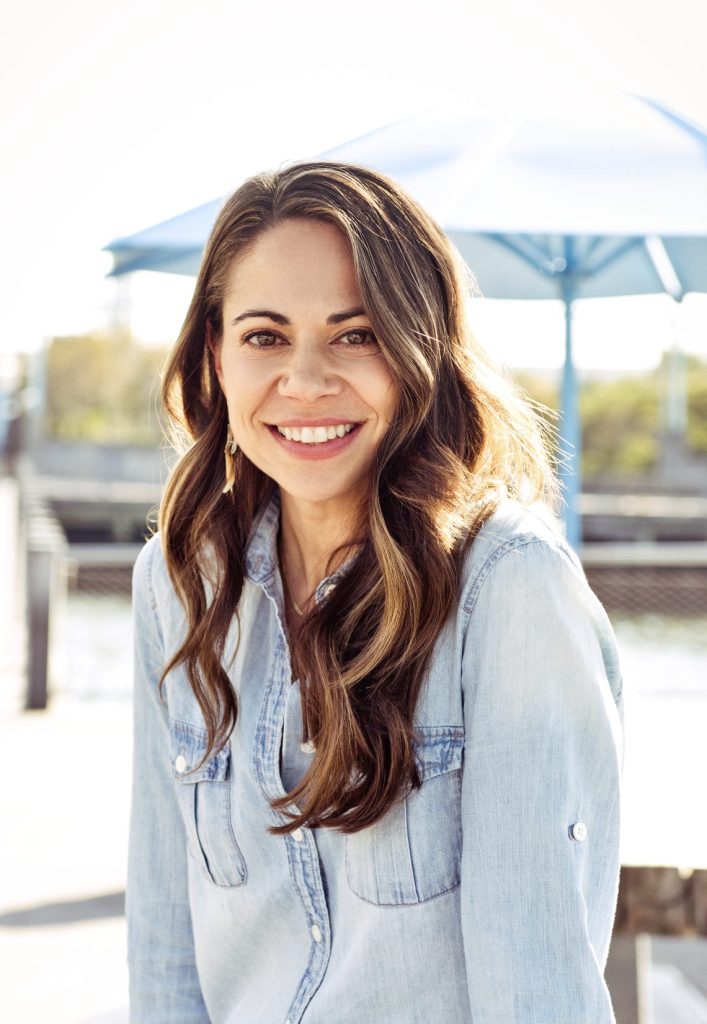
Kristin Revere and Stephanie Middleburg chat about the importance of nourishing yourself and your baby during pregnancy and the postnatal phase. Stephanie is the author of “The Big Book of Pregnancy Nutrition” and founder of Middleburg Nutrition. Hello, hello! This is Kristin Revere with Ask the Doulas, and I am so excited to chat with […]
Heidi McDowell of Mind Body Baby Collective: Podcast Episode #235
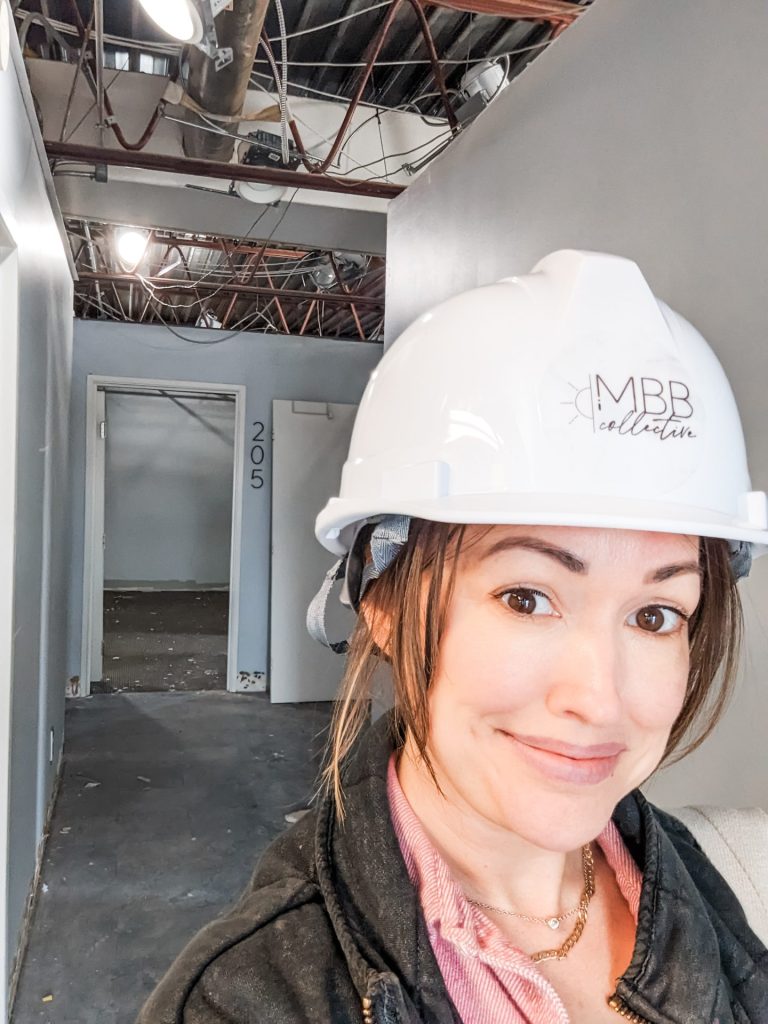
Kristin and Heidi discussed her yoga studio’s expansion, including child care and a co-working space. They also discussed Heidi’s contribution to the fitness section in our upcoming book release, Supported: Your Guide to Birth and Baby. Hello, hello! This is Kristin Revere with Ask the Doulas, and I am thrilled to bring back Heidi McDowell […]
4th Trimester Preparation: Podcast Episode #234
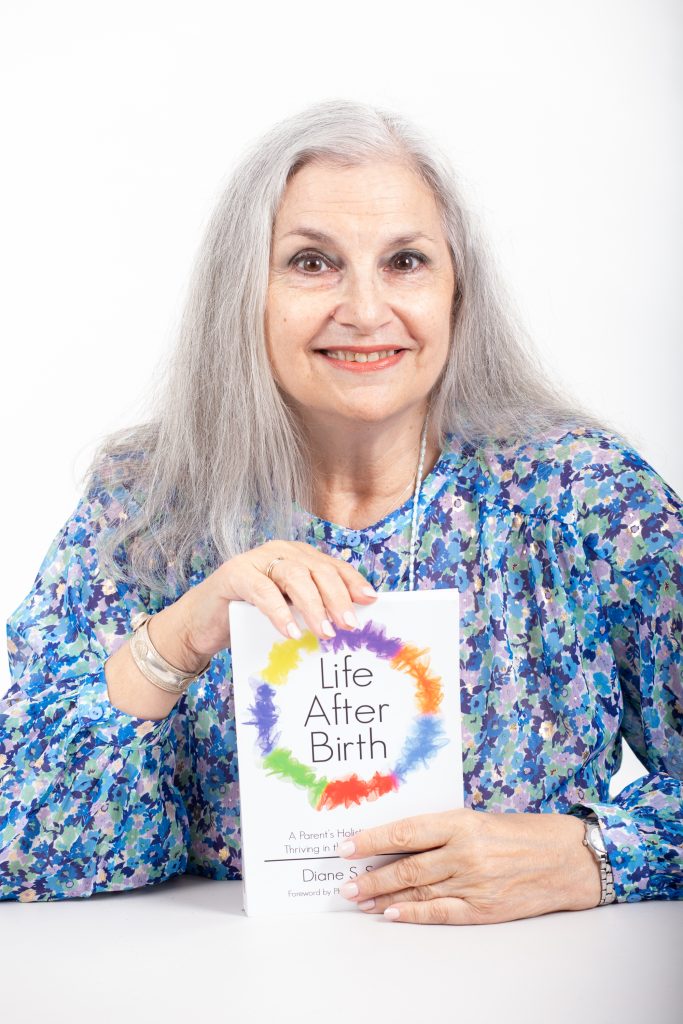
Kristin Revere and Dr. Diane Speier chat about how to best plan and prep for the postnatal phase. They discuss everything from communication to support options in this informative episode. Dr. Speier is also the creator of the Digital Doula 2.0 app. Hello, hello! This is Kristin Revere with Ask the Doulas, and I am […]
Top 5 Toddler Behavior Questions Answered with Christine Brown of Bella Luna Family! Podcast Episode #233
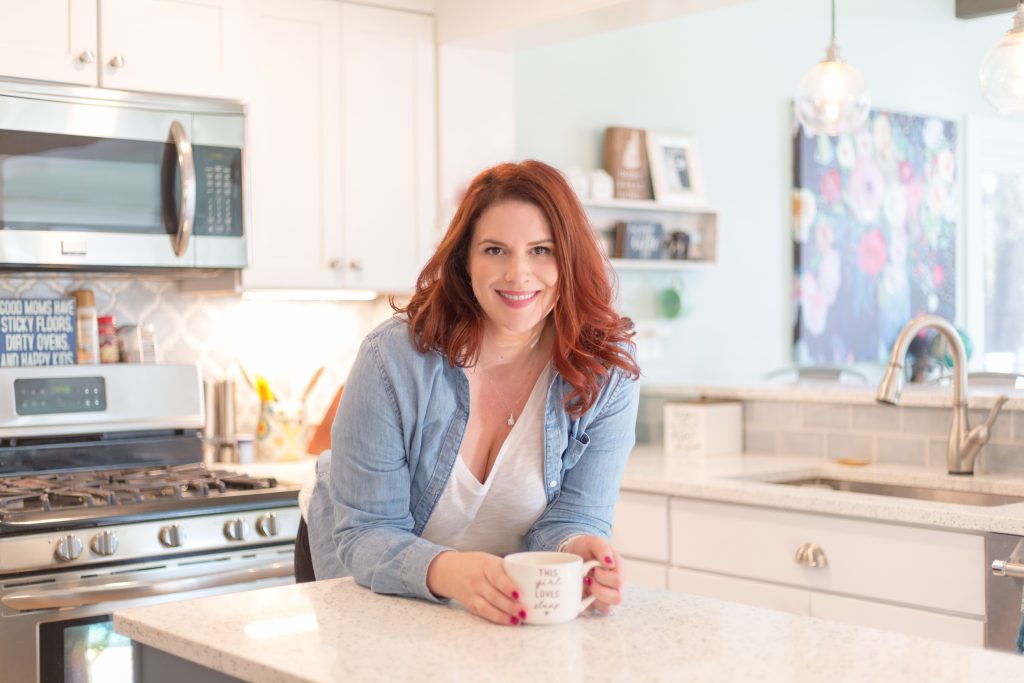
Kristin Revere and Christine Brown address everything from handling tantrums to managing a child’s big feelings in the latest episode of Ask the Doulas. You can listen to this episode on your favorite podcast player. Hello, this is Kristin Revere with Ask the Doulas, and I am thrilled to chat with my friend Christine Brown […]
Postpartum Recovery with Lynn Schulte: Podcast Episode #232
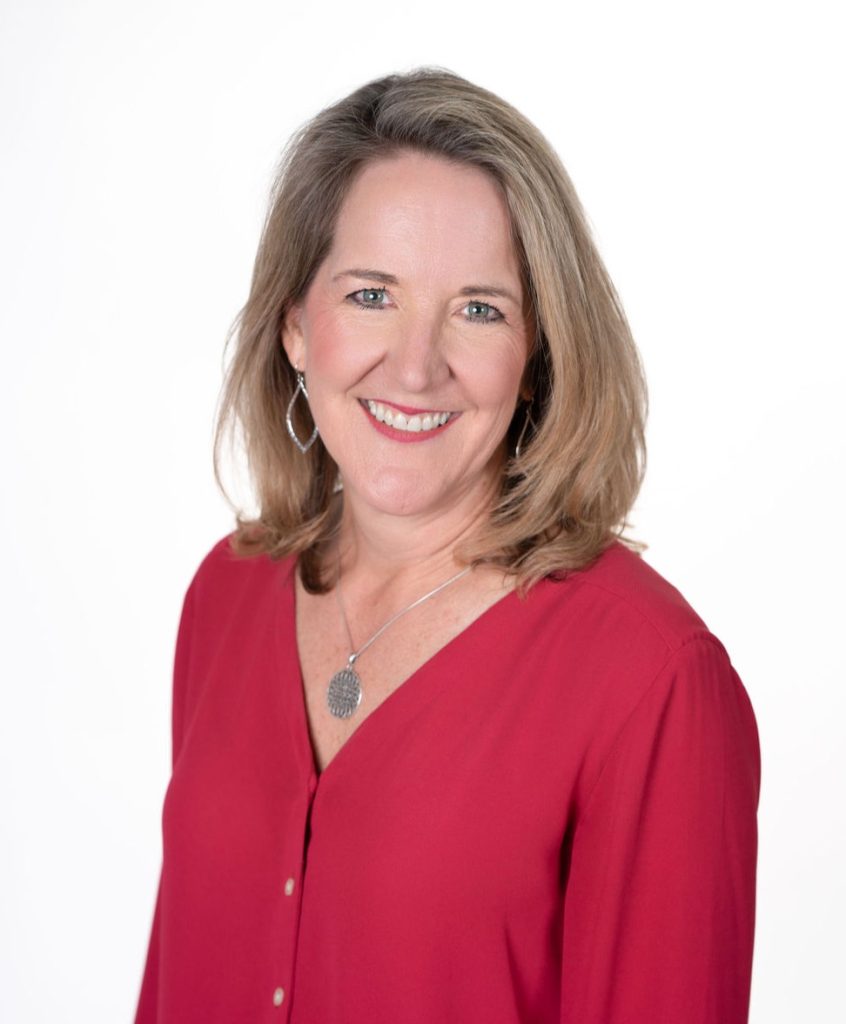
Kristin Revere and Lynn Schulte discuss postpartum healing including hemorrhoids, fissures, and tears as well as preventative steps to take during pregnancy. Hello, hello! This is Kristin Revere with Ask the Doulas, and I am thrilled to chat with Lynn Schulte today. Lynn is the founder of the Institute for Birth Healing, and our topic […]
Breastfeeding Gadgets with Kelly Emery, IBCLC: Podcast Episode #231
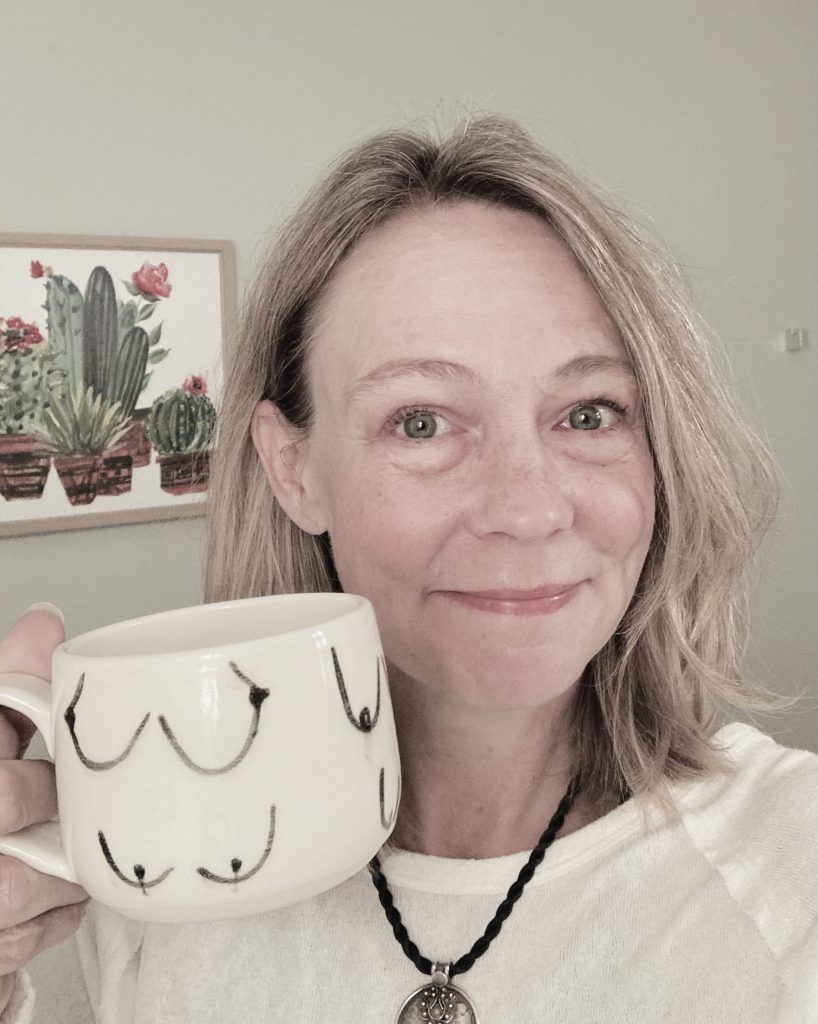
Kelly shares the pros and cons of top breastfeeding gadgets with Kristin in the latest episode of Ask the Doulas. Check out her free gadget videos here and subscribe to her YouTube Channel and her Breast Friends Forever Club for more videos as Kelly comes across more gadgets and the latest lactation research. Hello, hello! […]
The Benefits of HypnoBirthing with Fear and Now Documentary Director Liat Ron: Podcast Episode #230
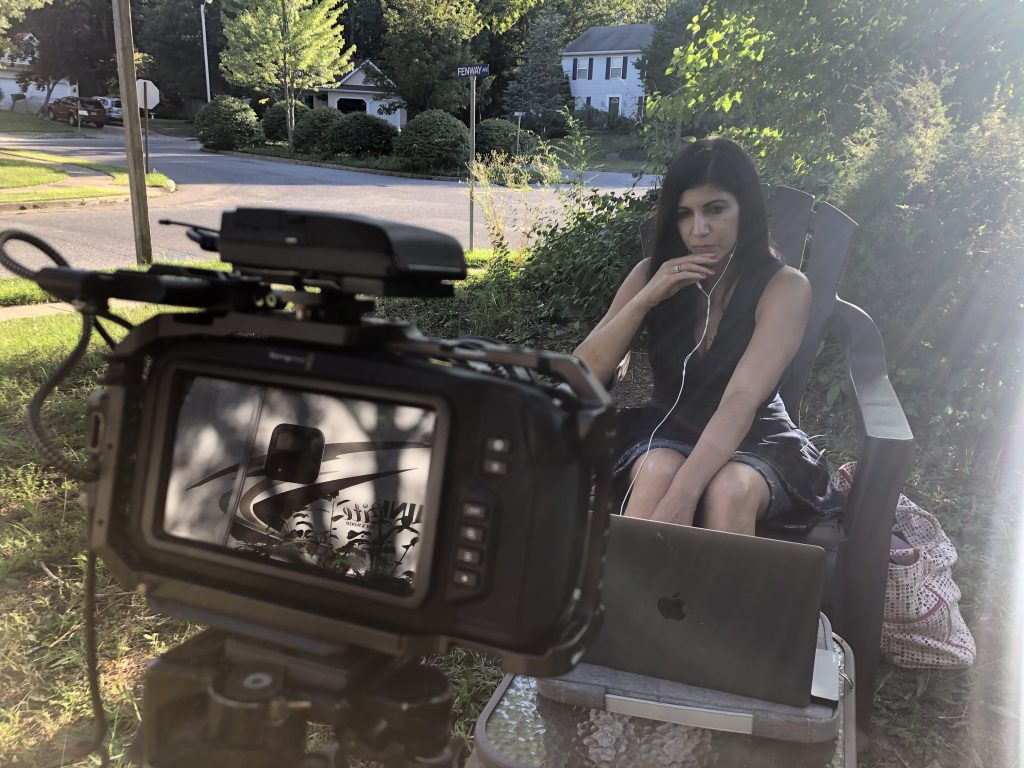
Kristin chats about the Fear and Now Documentary with Liat Ron, producer and director. Kristin and Liat discuss how HypnoBirthing impacted her second birth and why she decided to create a documentary about her experience along with the experiences of other families captured in the film. Hello, hello! This is Kristin with Ask the Doulas, […]
Do More Than Just Survive Postpartum with Jess Hull of Mother Me – Podcast Episode #229
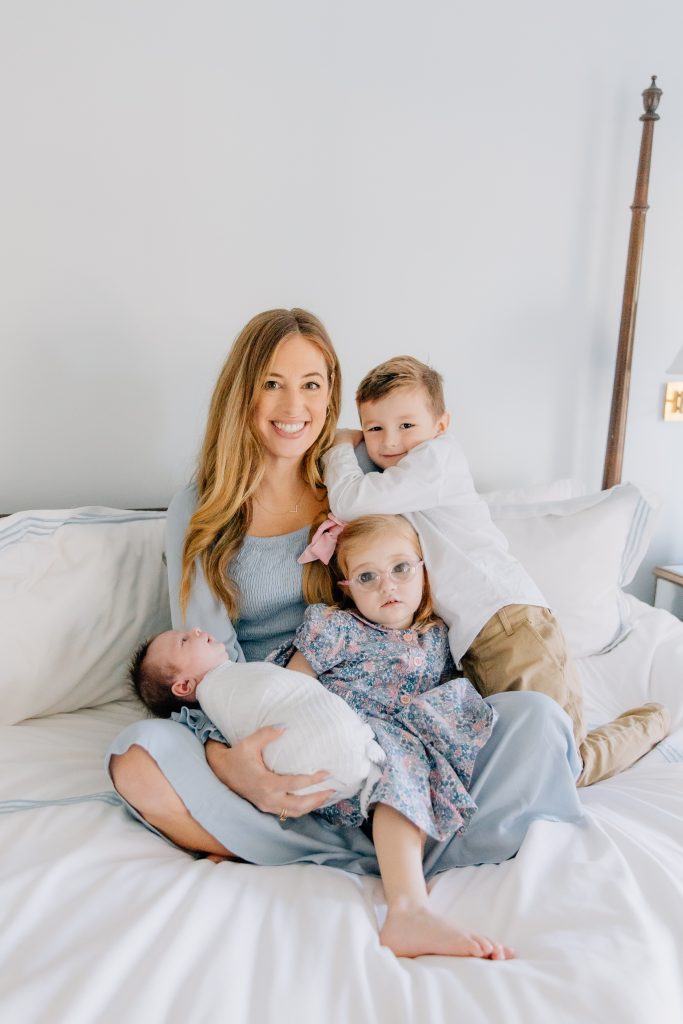
Kristin Revere and Jess Hull discuss the concept of matrescence and the changes that happen to women when they become a mother. Hello, hello! This is Kristin Revere with Ask the Doulas, and I am thrilled to chat with Jess Hull today. Jess is a former Facebook and Google executive who founded Mother Me, which […]
We Wrote A Book! Podcast Episode #228
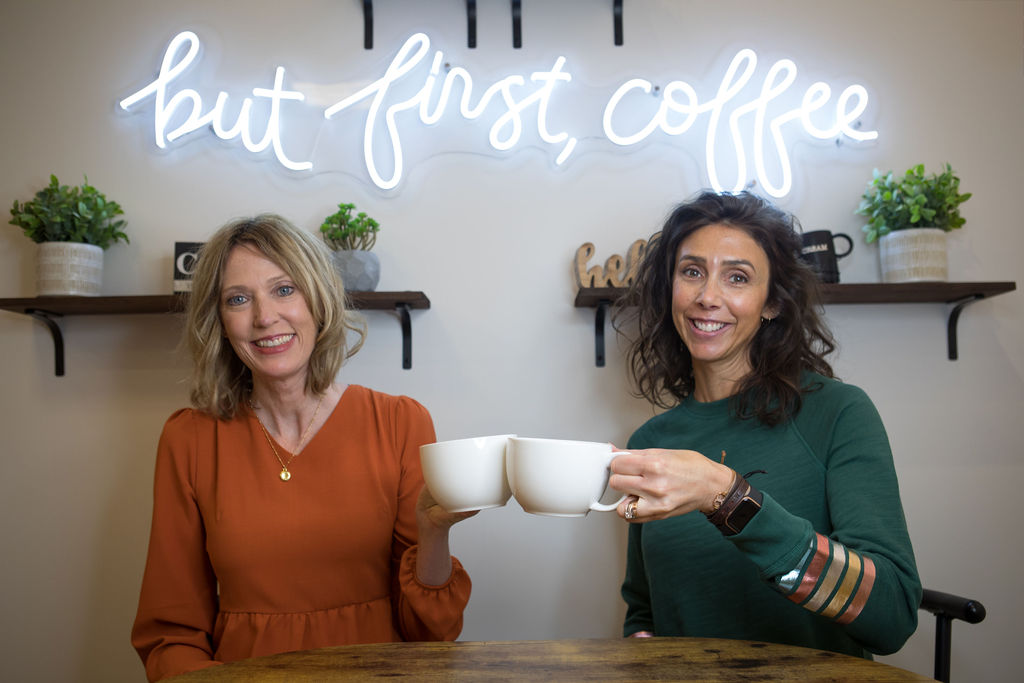
Kristin Revere and Alyssa Veneklase chatted about their upcoming book “Supported: Your Guide to Birth and Baby.” Their book will be released on Mother’s Day. Look for it on Amazon and ask for it at your favorite bookstore. The e-book and audiobook will be available in early June. Hello! This is Kristin Revere, and […]
The Role of a Nurse Midwife: Podcast Episode #227
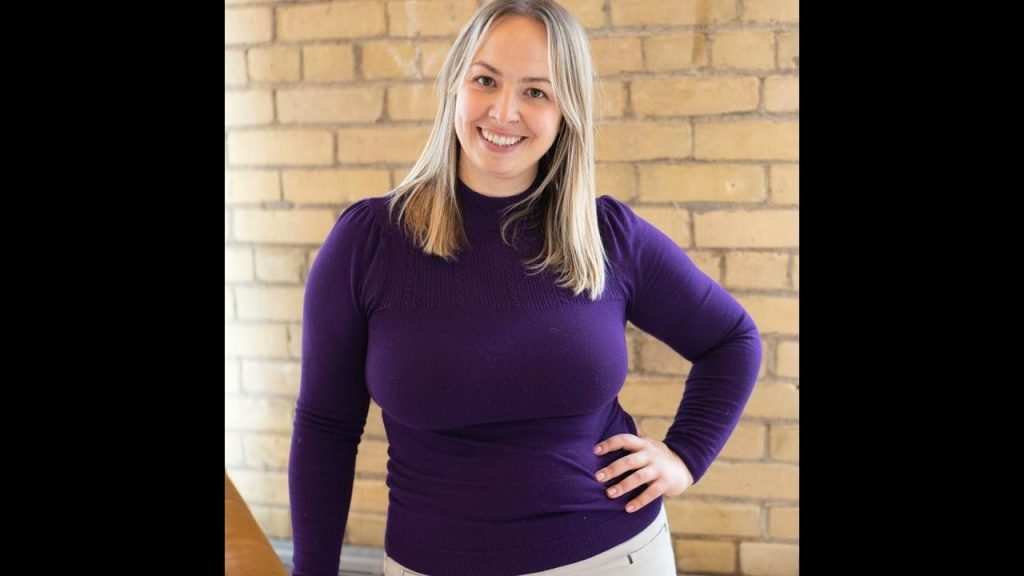
Kristin Revere and Kristin Mallon discuss how certified nurse-midwives support women in all stages of life. They also chat about how Kristin Mallon transitioned to supporting menopause and feminine longevity when she co-created FemGevity. Hello, hello! This is Kristin Revere with Ask the Doulas, and I am so excited to chat with Kristin Mallon […]
Webster Certified Chiropractic Care: Podcast Episode #226

Kristin Revere and Dr. Annie Bishop discuss how Webster Certified Chiropractic Care can be beneficial during pregnancy. They also discuss other options for prenatal and postnatal support. Hello, hello! This is Kristin Revere with Ask the Doulas, and I am excited to chat with my friend Dr. Annie Bishop of Rise Chiropractic Wellness. Welcome, Dr. […]


